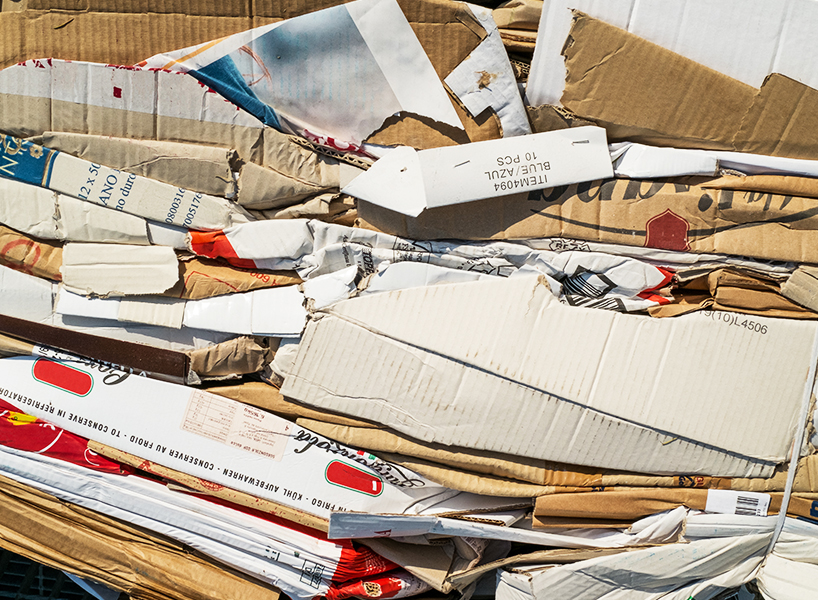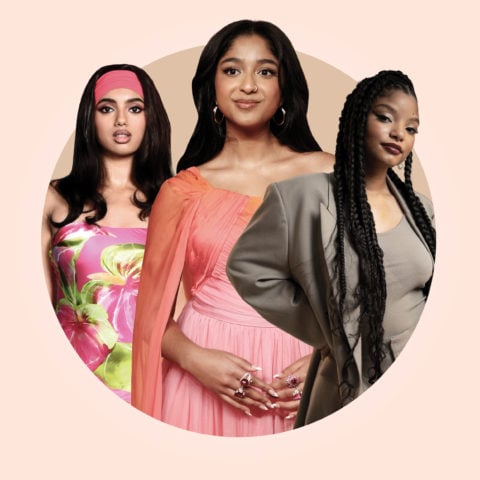The Unboxing Trend Is Responsible for a Sh*t Ton of Packaging Waste
A small group of editors and influencers are starting to speak out about the elaborate mailers they receive daily and demanding that the excessive packaging—everything from crinkle paper to hashtag-printed balloons—stops


A lot has changed since my intern days in FLARE’s fashion closet circa 2010, especially in the media landscape. Print magazines like this one have shifted their focus to digital content, and social media has created some very intense competition for our screen time. Access to digital metrics has revealed exactly what types of content we want to be consuming and, it turns out, oftentimes that’s watching someone else open a box. (If only I’d had the foresight to monetize my internship with a YouTube channel!) Unboxing videos uploaded by popular vloggers like Bethany Mota and Patrick Starr can have millions of views. These hauls have become such a phenomenon that makeup and skincare brands are doing whatever they can to stand out from the noise in a crowded landscape. Knowing that influencers will post unboxing videos on their social feeds, these companies purposely ship their products in packaging that’s been designed to make you stop and stare.
“The thing is, it works,” says Sarah Smith*, a Canadian blogger who receives as many as 15 boxes and bags of products to test in a day. “The more extravagant the packaging, the more I see it popping up on social media, more often than not it’s just for shock value. Brands are trying to compete for coverage by one-upping each other’s mailers, whether it’s with the packaging itself or the gifts included inside.” Where a small tube of eyeliner was once shipped in a simple padded envelope, now it may arrive in an oversized box alongside shredded paper, colourful confetti and a helium-filled balloon printed with a hashtag.
While she no longer posts unboxings to her social feeds (“It sometimes makes me feel like a show-off or like I’m bragging and flaunting”), Sarah still spends about three to four hours a week breaking down and disposing of packaging. Similarly, I had no idea how much of my time would be spent dealing with packaging when I embarked on a career in magazine publishing. As an intern, I spent hours engaging with cardboard—opening boxes, storing boxes, packing up boxes and shipping away boxes. Recycling boxes and carrying boxes. Eight years later, these boxes have literally followed me home, where I typically receive a modest three to five deliveries a day.
’t fall into the influencer camp (most of my coverage lands in good old-fashioned print), the social media-tailored deliveries I receive (usually some branded baked goods) are peanuts in comparison to big outlets like American website Racked. Last November, they published their Swag Project where they kept track of all the $95,000 USD worth of samples and gifts they were sent over a six-month period. After emptying it all out, they discovered that the packaging alone weighed 309 pounds, and it included everything from Styrofoam and confetti to ribbons, balloons and, yes, cardboard boxes. Perhaps one of the most extravagant deliveries Sarah and I have both received are mini LCD screens that play a brand’s latest advertisement. “Of course, it’s pretty cool to see the first time, but then you start thinking, ‘How much did this cost? Can I recycle this? Where’s the paper press release?’” says Sarah.
Such extravagant press mailers are just a small, albeit highly visible, component of today’s throwaway consumer culture, where it’s acceptable to cart around your food, coffee, body and pretty much anything else in single-use packaging. And despite Canada’s nature-loving image, in 2016 we each produced about 720 kilos of waste, which is about twice what is produced per capita in Japan and 7% higher than the per capita output of waste in the US. It includes around 2 billion disposable coffee cups, which typically aren’t recyclable. Residential waste continues to increase and less than a third of that waste is being diverted from landfills into recycling and composting.
While watching the movie I Feel Pretty a few months ago, I couldn’t help but cringe at Amy Schumer’s character’s insistence on serving every drink with a plastic straw. I’m hoping that my physical reaction to that scene is a sign that unnecessary waste is no longer politically correct. As influencers like hairstylist Jen Atkin and editor Danielle Prescod criticize excess packaging on their Instagram Stories, big brands as well as entire countries are feeling pressure to reduce waste. Starbucks announced plans this month to phase out plastic straws by 2020, and follows in the footsteps of England, which announced it was on track to ban single-use plastics as early as next year.
Back in the editorial landscape, small moves are being made. Sarah applauds Beach House PR, an agency in the US that switched to eco-minimalist mailing practices. “I loved seeing an agency step up and advocate for change in the industry but, unfortunately, I think it’s an all-or-nothing kind of thing.” She believes that until big brands with big budgets take a more environmentally aware approach to publicity, and other influencers wake up to the fact that they’re promoting a disposable lifestyle, nothing’s going to change. These mailers are critical to any content creator, but Sarah has one final plea: “For the love of God, no more glitter confetti.”
*Name has been changed









